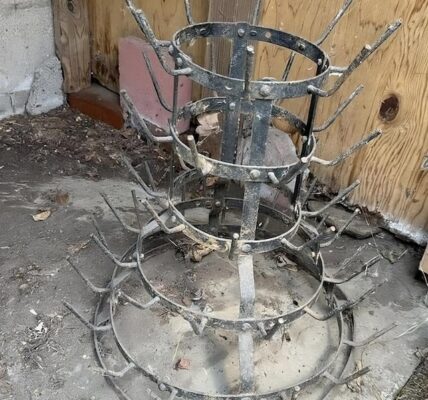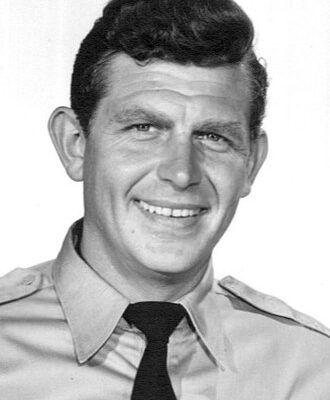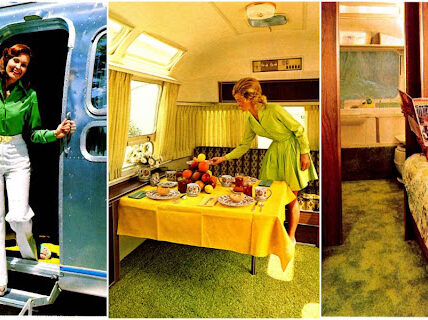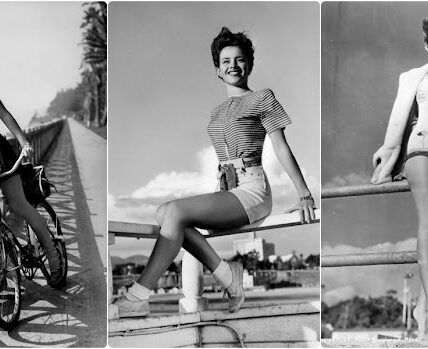
The Sears Catalog: A Stroll Down Memory Lane
The image of this vintage Sears catalog immediately stirs up a wave of nostalgia, especially for those who grew up in the 1960s. These catalogs were more than just shopping guides; they were symbols of an era, offering a snapshot of American life, fashion, and culture. Back then, flipping through the pages of a Sears catalog was an event. Families would gather around, each member eagerly eyeing products they longed for, from the latest kitchen gadgets to stylish clothing and even new furniture sets. For children, it was often the toy section that drew their fascination, filled with the latest toys and games they would hope to see under the Christmas tree.
The Sears catalog represented the magic of choice. It connected people in rural areas to the broader world, delivering items that they otherwise would not have access to. Before the internet and before online shopping, these catalogs offered a gateway to explore trends and dreams. The anticipation of waiting for the catalog to arrive was almost as thrilling as ordering something from it.
During the holiday season, these catalogs became especially treasured. The “Wish Book,” as the holiday edition was often called, showcased an array of holiday decorations, gifts, and everything festive. For many families, browsing the Wish Book became a cherished holiday tradition, almost like a ritual marking the beginning of the festive season. Parents and children would circle their favorite items, marking pages and hoping Santa might bring them the gifts they had chosen.
In a way, the Sears catalog was also a reflection of societal values and the American dream. Advertisements showed idealized family life, happy children, and beautifully decorated homes, setting aspirations for the middle-class lifestyle. Through these images, Sears provided not only goods but also a vision of comfort, prosperity, and happiness that resonated with people across the country.
Today, the Sears catalog holds a special place in the hearts of those who remember it. It symbolizes a time when shopping was an experience that involved patience, imagination, and a sense of connection. Looking at this cover now, one can almost feel the warmth of family gatherings, the rustle of paper as pages turned, and the excitement that such a simple book brought into people’s lives.

The sight of this vintage spring-loaded rocking horse brings back memories of rainy days from childhood. These classic toys were a staple in many homes, and for children in the 60s, 70s, and even 80s, they represented hours of imaginative play and boundless adventure. When the weather was too gloomy for outdoor activities, kids could turn to these trusty rocking horses to unleash their energy and imagination indoors.
For many, this type of rocking horse was more than just a toy—it was a faithful steed. Children would climb onto the saddle, gripping the handles with excitement, and start bouncing or swaying. The springs provided just enough resistance to create a realistic riding motion, and soon, they were galloping across imaginary plains or racing through the Wild West. In the minds of young riders, they became fearless cowboys, daring adventurers, or noble knights, each bounce propelling them further into their fantasies.
The rocking horse wasn’t just about movement; it was a sensory experience. The feel of the faux-leather saddle, the creak of the springs, and the slight sway as they moved made the experience feel real. For many children, this was also a bonding activity. Siblings and friends would take turns riding, sometimes timing each other to see who could “ride” the longest or rock the hardest. It was an endless source of entertainment that didn’t require batteries or screens—just imagination and energy.

The sight of this vintage spring-loaded rocking horse brings back memories of rainy days from childhood. These classic toys were a staple in many homes, and for children in the 60s, 70s, and even 80s, they represented hours of imaginative play and boundless adventure. When the weather was too gloomy for outdoor activities, kids could turn to these trusty rocking horses to unleash their energy and imagination indoors.
For many, this type of rocking horse was more than just a toy—it was a faithful steed. Children would climb onto the saddle, gripping the handles with excitement, and start bouncing or swaying. The springs provided just enough resistance to create a realistic riding motion, and soon, they were galloping across imaginary plains or racing through the Wild West. In the minds of young riders, they became fearless cowboys, daring adventurers, or noble knights, each bounce propelling them further into their fantasies.
The rocking horse wasn’t just about movement; it was a sensory experience. The feel of the faux-leather saddle, the creak of the springs, and the slight sway as they moved made the experience feel real. For many children, this was also a bonding activity. Siblings and friends would take turns riding, sometimes timing each other to see who could “ride” the longest or rock the hardest. It was an endless source of entertainment that didn’t require batteries or screens—just imagination and energy.
Looking at this rocking horse today, it’s clear why so many people hold these toys in fond memory. They evoke a simpler time when toys didn’t need to be flashy to be captivating. All they needed was the ability to inspire a child’s imagination. Rainy days, instead of feeling gloomy or boring, became exciting opportunities to ride off into the sunset—even if it was just across the living room floor.




